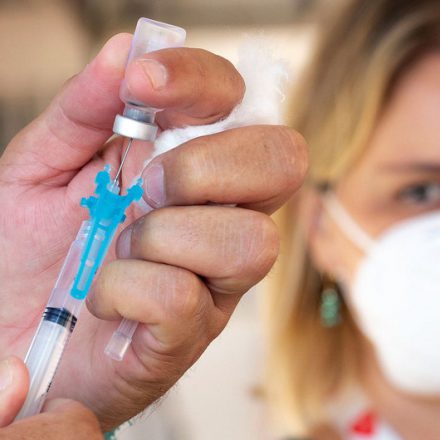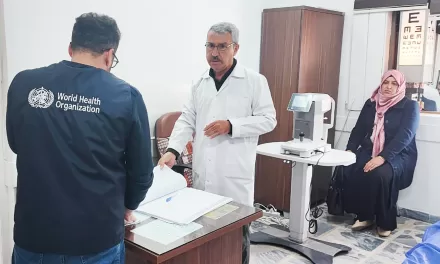Adelaide, Australia – A groundbreaking study from the University of Adelaide has revealed that the earliest stages of embryo development play a crucial role in determining an individual’s future health and aging process. Researchers have discovered a direct link between cellular processes at fertilization and the length of telomeres, the protective caps on chromosomes that influence tissue growth and rejuvenation.
Professor Rebecca Robker, Discipline Lead of Reproduction and Development at the University of Adelaide’s School of Biomedicine and Robinson Research Institute, co-led the research. The team’s pre-clinical trial demonstrated that the length of telomeres in offspring is determined by cellular events within the egg at the time of fertilization.
“Telomeres are the parts of chromosomes that influence the growth and rejuvenation of our tissues,” Professor Robker explained. “Some babies are born with shorter telomeres than others, increasing their lifetime risk of chronic diseases associated with aging.”
The study highlights that shorter telomeres, often observed in children of women with obesity or metabolic syndrome, can lead to increased risk of premature mortality from cardiovascular events like heart attacks and strokes, even in individuals who are not obese themselves.
“Until now it has not been clear how the length of telomeres is determined before birth,” Professor Robker stated.
Study co-lead Dr. Yasmyn Winstanley revealed that reduced telomere length can be caused by embryonic cellular damage. “There are specific types of cellular damage during the very first days of embryo development which cause the defect in the telomeres of the embryo, which causes them to be shorter at the time of birth,” Dr. Winstanley said.
The research emphasizes the critical role of maternal health and environmental conditions at the time of conception. “The process is highly responsive to signals from the mother’s body. Our findings show maternal health and environmental conditions at the time of conception can have long-term consequences and can even influence the offspring’s susceptibility versus resilience to aging-associated diseases in later life,” she added. “These findings highlight that the health of women and girls should be a major focus of public health policies.”
The study, published in Nature Communications, also offers hope for therapeutic interventions. Professor Robker noted that the research provides “proof-of-concept that DNA resetting can be modulated in embryos where it is deficient, using currently available drugs, to influence telomere length at birth, which is a major marker of lifetime aging.”
“Our identification of specific pharmaceutical compounds that can modulate telomeres during preconception and immediately following fertilization, means that there are therapeutic opportunities to optimize this biology, which is a key determinant of chronic disease risk,” she said.
The researchers are now collaborating with Vitaleon Pharma to develop these findings into therapies for reproductive medicine and fertility specialists.
Reference:
Yasmyn E. Winstanley et al, Telomere length in offspring is determined by mitochondrial-nuclear communication at fertilization, Nature Communications (2025). DOI: 10.1038/s41467-025-57794-7
Disclaimer: This article is based on a pre-clinical trial. Further research and clinical trials are necessary to confirm these findings and develop safe and effective therapies for human use. The information provided should not be interpreted as medical advice. Consult with a qualified healthcare professional before making any decisions related to your health or treatment.












